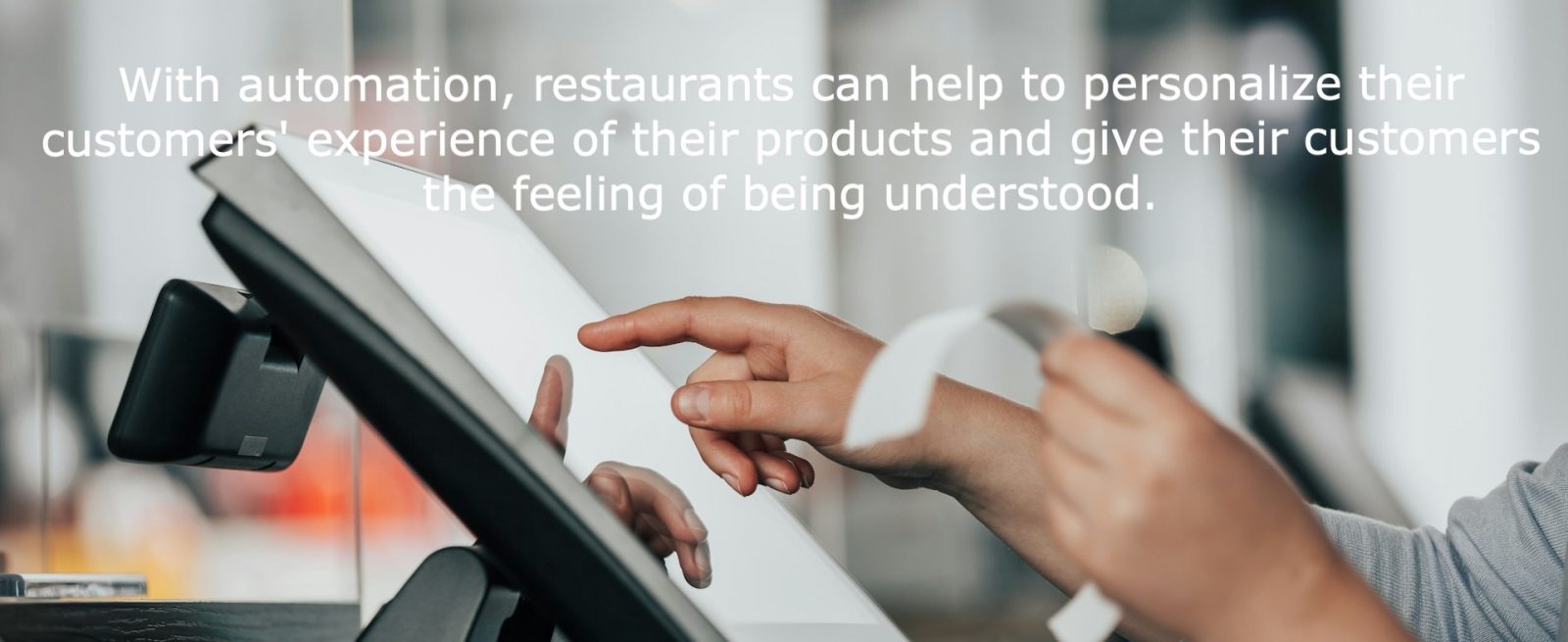Have it Your Way: Restaurants and Consumers Unite with Tech
4 Min Read By Bob Vergidis
Diners want their guest experience to go their way. This is what the service industry in America is based on – the customer is always right. Many restaurants have embraced the age of personalization, in which customers and businesses can mutually benefit from using technology to give and receive what they want.
Accommodating a New Consumer Culture
In the 80s and 90s, social trends were all about conformity. Everyone wanted the same things. In the twenty-first century, our tastes have expanded, and there is a wider net of options.
In restaurants, this has not changed much. Each McDonald’s has the same menu and similar decor. Imagine if the interior of each restaurant was different. The food may stay the same, but the restaurants could be updated based on trends and decor that best fits the neighborhood preferences. For chains, stepping out of “cookie cutter mode” could be a useful thing.
Developing each restaurant to fit its location is the first step to personalization. It’s not just about giving the customer what they want but a place to belong that understands them.
Technology Sets the Stage for Customer Customization
Technology grants more spaces to join, belong and conform to groups, from ideological to consumer cult followed brands. The more technology expands consumers’ options, the further people are led to believe that they want their orders to be as individual as they are.
Developing each restaurant to fit its location is the first step to personalization. It’s not just about giving the customer what they want but a place to belong that understands them.
Ordering from online menus gives consumers the ability to request their drinks with as many pumps of flavored syrup as they like or order pizza with no cheese on the left half, heavy on the right. With automation, restaurants can help to personalize their customers' experience of their products and give their customers the feeling of being understood.
Receiving Immediate Guest Feedback
Every time the customer orders online, the business receives a data point on the back end about what it can offer on their menu and how certain menu items are preferred. When serving a new customer, the brand can build loyalty immediately by offering customizable options, letting the customer know that they can get exactly what they want.
For this data collection to work, restaurants need to focus on the data the customer willingly gives up. When businesses ask customers to take additional time to fill out feedback offered at the bottom of the receipt and then opt-in to emails, this isn’t the most efficient use of the customers’ time.
The truth is businesses have the information they need without even having to ask, it is captured within each customization made within every purchase. Instead of asking for feedback, signing up for a newsletter and then analyzing email marketing clicks, businesses should use their resources to sift through the data customers willingly give them and use these crumbs left behind to determine what to offer.
Using Data to Build Stronger Customer Relationships
If there is not enough data, businesses must create opportunities to let the customer leave more behind through their online and mobile ordering journey. When they order from the menu, make it easy for them to make as many changes as possible when they order. Allowing customers to customize their orders is critical to understanding what the people want and how to adjust products to fit their taste.
The next step is to understand data points including how many people are ordering per party, how much food is ordered and what is customized across the meals. These are all easily gathered data points from online orders. But again, it is vital that businesses get this information organically.
By showing up in the digital world for the brand, customers are revealing their buyer persona, how to reach them, what they want and how to customize the customer experience.
Engineering this into the technology can help with data collection. If a business allows customers to put in how many people they are ordering for, and then separately customize each meal when they are ordering online, they can create products based on the large numbers of what people are ordering and how they’re personalizing it. On the customer end, it is a low-stakes data point to say “ten orders in this cart” and may streamline ordering for a large group of people, such as an office lunch run or family dinner.
Once this is mastered, businesses can move to the next step to widen their reach and solidify their customer loyalty by increasing guest frequency. This could look like conducting online contests or “tag for a discount” promotions. They may offer a promotion for logging in, a discount for downloading an app or a free dessert for tagging the brand on Instagram. By showing up in the digital world for the brand, customers are revealing their buyer persona, how to reach them, what they want and how to customize the customer experience.
Finally, embrace experimentation. Put something new on the menu to see if people order it. For example, if enough customers are ordering cheese on only half of their pizzas to be split between two people, the business could advertise a dairy-free version of the pizza for sharing on date night.
The goal is to give the customers their customized experience that makes them feel seen and recognized as a member who belongs in the brand community. With the right application of technology on the back end of the ordering system, businesses can best fit their menus to collect new data to meet their customers’ personalized preferences.


